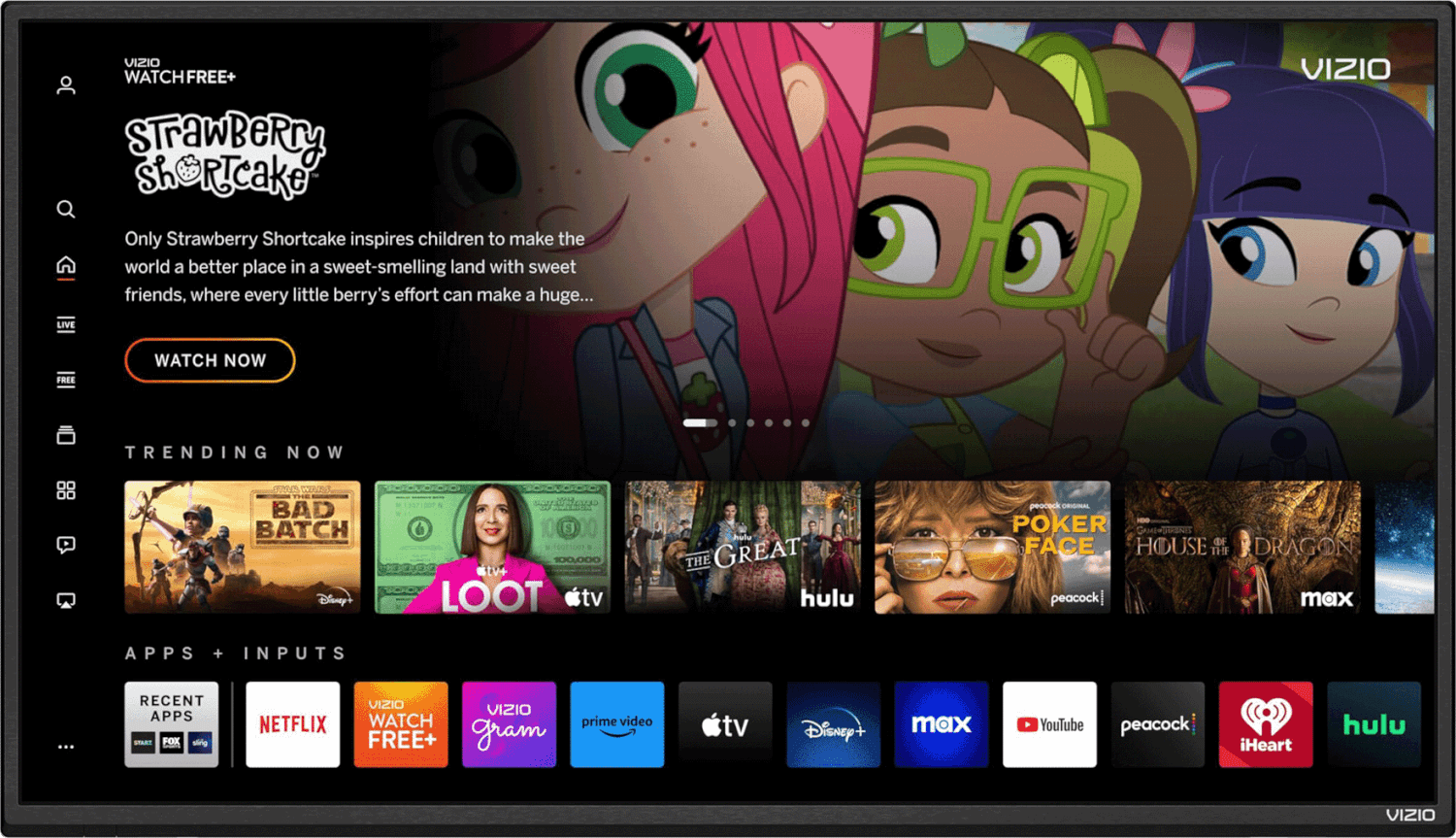CTV
Stands for "Connected Television."
CTV refers to any television that can connect to the Internet and stream video content. The term encompasses Smart TVs, which can connect directly to the Internet over Wi-Fi or ethernet, and any television that uses an Internet-connected streaming device like an Apple TV, Amazon FireTV stick, or Roku. A CTV can still connect to an antenna or set-top box to access traditional over-the-air, cable, and satellite TV but has additional options to access live and on-demand streaming video using built-in and third-party apps like Netflix, Hulu, and YouTube TV. Most televisions sold now (as of 2023) are CTVs.
CTV is often used synonymously with another term, OTT (Over-The-Top). OTT refers to Internet-delivered video content accessible by Smart TVs, streaming devices, and other devices like desktop and laptop computers, tablets, and smartphones. As an increasing share of households drop cable and satellite TV services, they're accessing shows using OTT services on their CTVs instead.
The advertising industry first introduced the term "CTV" to refer to a new advertising method in contrast to traditional linear broadcast television. Advertising to CTV devices adds several benefits to advertisers that were not possible before. For example, each video stream is delivered independently to each device, allowing the streamer to show different ads to each viewer targeted to their specific demographics and interests. They may also track a viewer's habits across devices using information like shared IP addresses and user accounts. Advertisers can also place ad buys programmatically and in real-time (instead of showing the same ad each time a show is streamed), which is more like how ads are placed on websites instead of traditional television.

 Test Your Knowledge
Test Your Knowledge